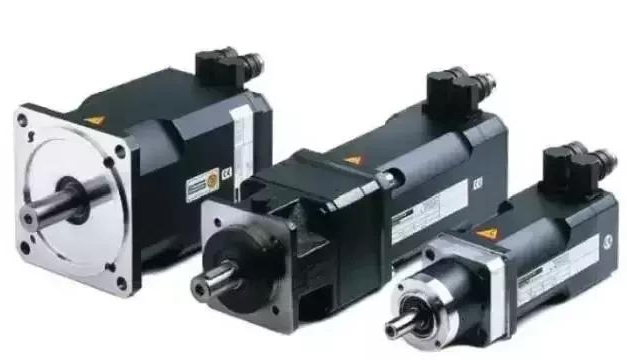The air gap is the gap between the stator and rotor of the motor. During the operation of the motor, the stator does not rotate, and the rotor needs to rotate relative to the stator. The air gap is necessary for the motor to operate; the air gap size varies according to the type of the motor. In general, the asynchronous motor has a small air gap and the synchronous motor has a large air gap.
The Importance of Motor Air Gap The geometry of the motor is very large, with core size, winding size, external dimensions, mounting dimensions, and dimensions of various other structural components. But what are the main dimensions: the electromagnetic process of the motor is mainly carried out in the air gap, and the conversion of the energy form is carried out through the "air gap main flux".
Therefore, the main dimensions must be closely related to the air gap. It has been proved that the diameter of the armature close to the air gap and the effective length of the core are the main dimensions of the motor, and the air gap can be said to be the third size. From a geometric point of view, once these dimensions are determined, the other dimensions are generally determined, and a lot of electromagnetic properties are basically left or right or slightly changed.
The air gap of the motor is just right. The air gap is an important part of the magnetic circuit of the motor and has a great influence on the performance of the motor. To manufacture a good asynchronous motor, the air gap should not only be uniform, but also the air gap length should be appropriate. The larger the air gap, the larger the excitation current, the more reactive power is consumed, and the lower the motor power factor. In order to reduce the excitation current and increase the power factor, the air gap should be as small as possible.
However, if the air gap is too small, the additional loss of the motor will increase, and even the stator and the rotor will rub. In order to reduce the additional loss caused by the magnetic field pulse vibration and reduce the harmonic leakage, and to make the manufacturing convenient, the assembly is easy, the operation is reliable, and the air gap can not be too small, so the requirements of various aspects must be taken into consideration. The air gap of medium and small asynchronous motors is usually 0.2~1.5mm.

Permanent Magnet Synchronous Motor Air Gap Characteristics The main dimensions of a permanent magnet synchronous motor can be determined by the required maximum torque and dynamic response specifications. The dynamic response performance index of the permanent magnet synchronous motor is reflected in the time required for the motor to accelerate from the stationary state to the turning speed under the action of the maximum electromagnetic torque. Under the premise of ensuring the response characteristic of the motor, the maximum value of the stator inner diameter is determined. The stator core length of the motor is thus determined.
The air gap length of a permanent magnet synchronous motor is generally larger than that of an induction motor of the same specification. The variable speed permanent magnet synchronous motor uses a high performance rare earth permanent magnet material, so slightly increasing the air gap does not cause a change in the performance of the motor. The choice of motor air gap is related not only to the rotor magnetic circuit structure used, but also to the motor's weak magnetic expansion capability requirements. In a variable speed permanent magnet synchronous motor with a surface or rotor magnetic circuit structure, a tile-shaped magnet on the rotor core needs to be provided with a magnet protective cover. In order to reduce the magnetic flux leakage, the protective sleeve is generally made of a non-magnetic material, so the effective air gap of the permanent magnet synchronous motor is large. For a variable speed permanent magnet synchronous motor with a built-in rotor magnet structure and a certain constant power operating speed range, the air gap should not be too large, otherwise the direct shaft inductance of the motor will be too small, and the weak magnetic capability is insufficient to meet the required requirements. Maximum speed.
When determining the outer diameter of the stator of a permanent magnet synchronous motor, the outer diameter of the stator is increased or the outer diameter of the stator is reduced to reduce the manufacturing cost of the motor in order to improve the efficiency of the permanent magnet synchronous motor under the premise of ensuring sufficient heat dissipation capability of the motor. ,As the case may be.

